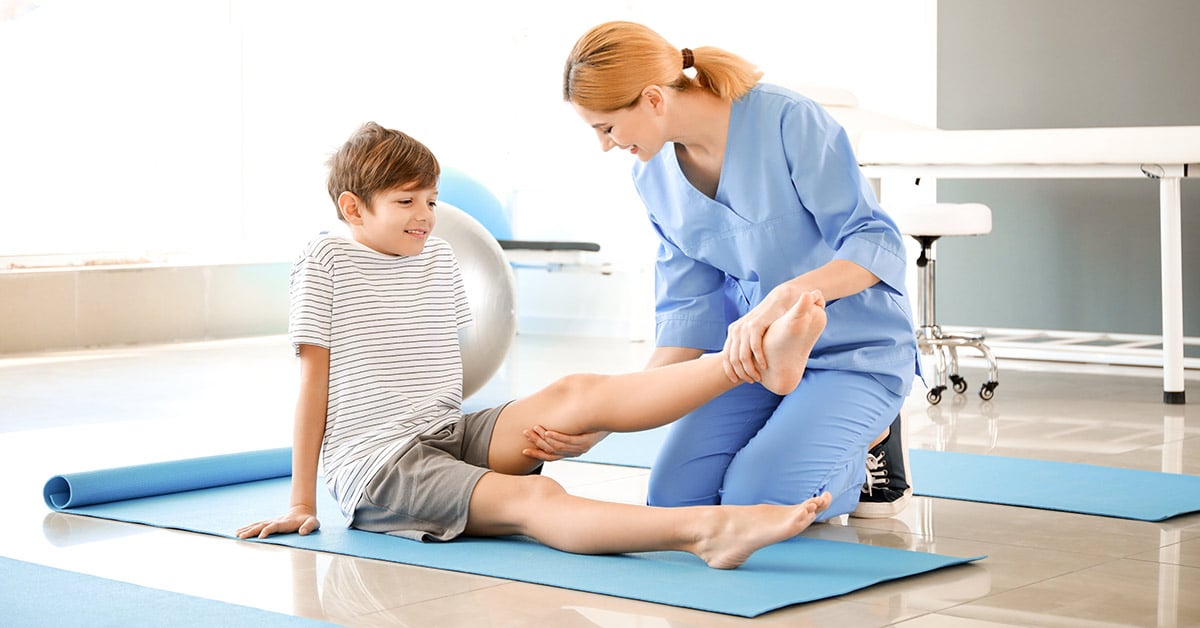Mastering the Craft of Workplace Design to Optimize Comfort and Performance in Workspaces
Mastering the Craft of Workplace Design to Optimize Comfort and Performance in Workspaces
Blog Article
Refining a art of human-centered design is critical for implementing professional environments that advance comfort and work output. Applied ergonomics is the science of engineering task areas, equipment, and responsibilities to match the needs of workers. By emphasizing how users interact with their physical environment, businesses can minimize risk of injury and prevent repetitive stress disorders. An ergonomic workspace enables fluid movement and lessens strain, which can contribute to improved work satisfaction and well-being among employees.
One key element of human factors design is the organization of furniture and devices. Work surfaces should be at a position that permits employees to sit with their elbows at a 90-degree angle while inputting data. Chairs should offer proper support for the lower back, promoting spinal alignment. Additionally, display devices should be positioned at eye level to prevent neck strain. By ensuring that these elements are properly adjusted, workers can maintain a ergonomic position throughout their assignments, reducing fatigue and enhancing concentration.
An additional critical factor in an well-designed workspace is the use of supportive tools and technology. This includes keyboards, mice, and other components crafted to limit repetitive strain injuries. For instance, using an ergonomic keyboard can help minimize wrist pain caused by long-term typing. Furthermore, modular seating systems and height-adjustable workstations enable employees to alternate their position throughout the day, which rehabilitation protocols for sports injuries can alleviate discomfort and amplify physical endurance. Allocating resources toward quality ergonomic tools can generate optimal work habits and improved productivity rates.
Illumination is also a critical element in occupational planning. Balanced lighting can reduce eye strain and support staff to engage with their work activities. Daylight is ideal, but if that is not accessible, using task-specific artificial lighting can aid create a comfortable atmosphere. It is necessary to avoid glaring fluorescent lights that may induce visual discomfort or fatigue. By ensuring sufficient lighting, employers can establish an environment that enhances both clarity and efficiency.
To conclude, encouraging scheduled breaks is imperative for maintaining this article an balanced workspace. Reminding workers to take short breaks can assist relieve bodily stress and mental fatigue. During these breaks, personnel should be advised to perform mobility exercises or get up to improve physical engagement. Structuring scheduled break times can facilitate build a routine that protects employee wellness without sacrificing work results. Ultimately, mastering ergonomics in the professional environment not only improves comfort but also supports a more sustainable work culture where employees can perform at their best.